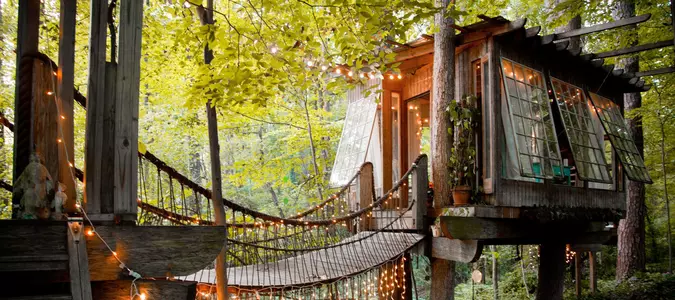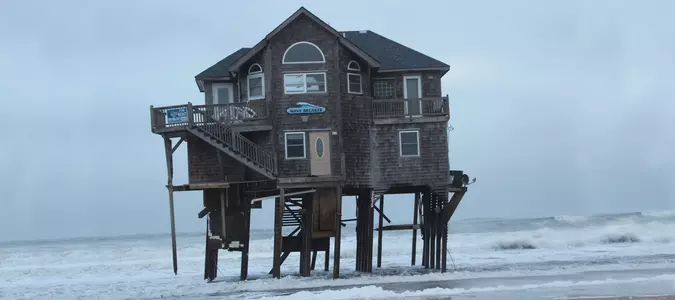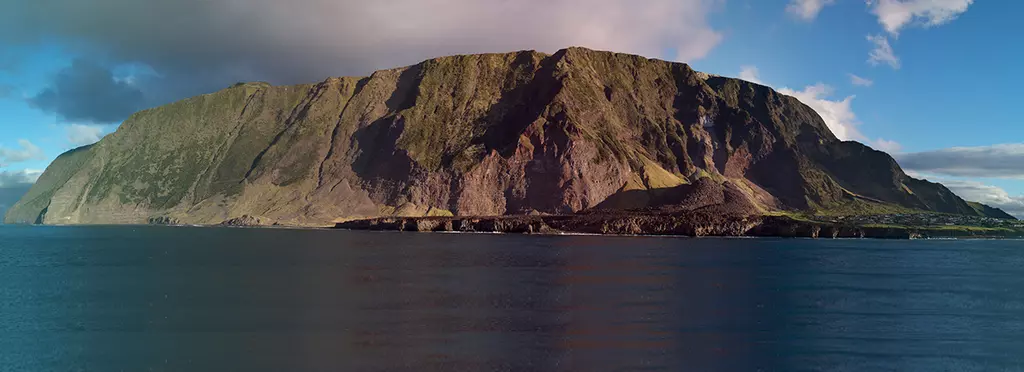

The World’s Most Remote Islands
The islands featured in this enchanting collection are definitely not accessible by a quick ferry ride. These sparsely populated locales are thousands of miles away from any mainland coast.
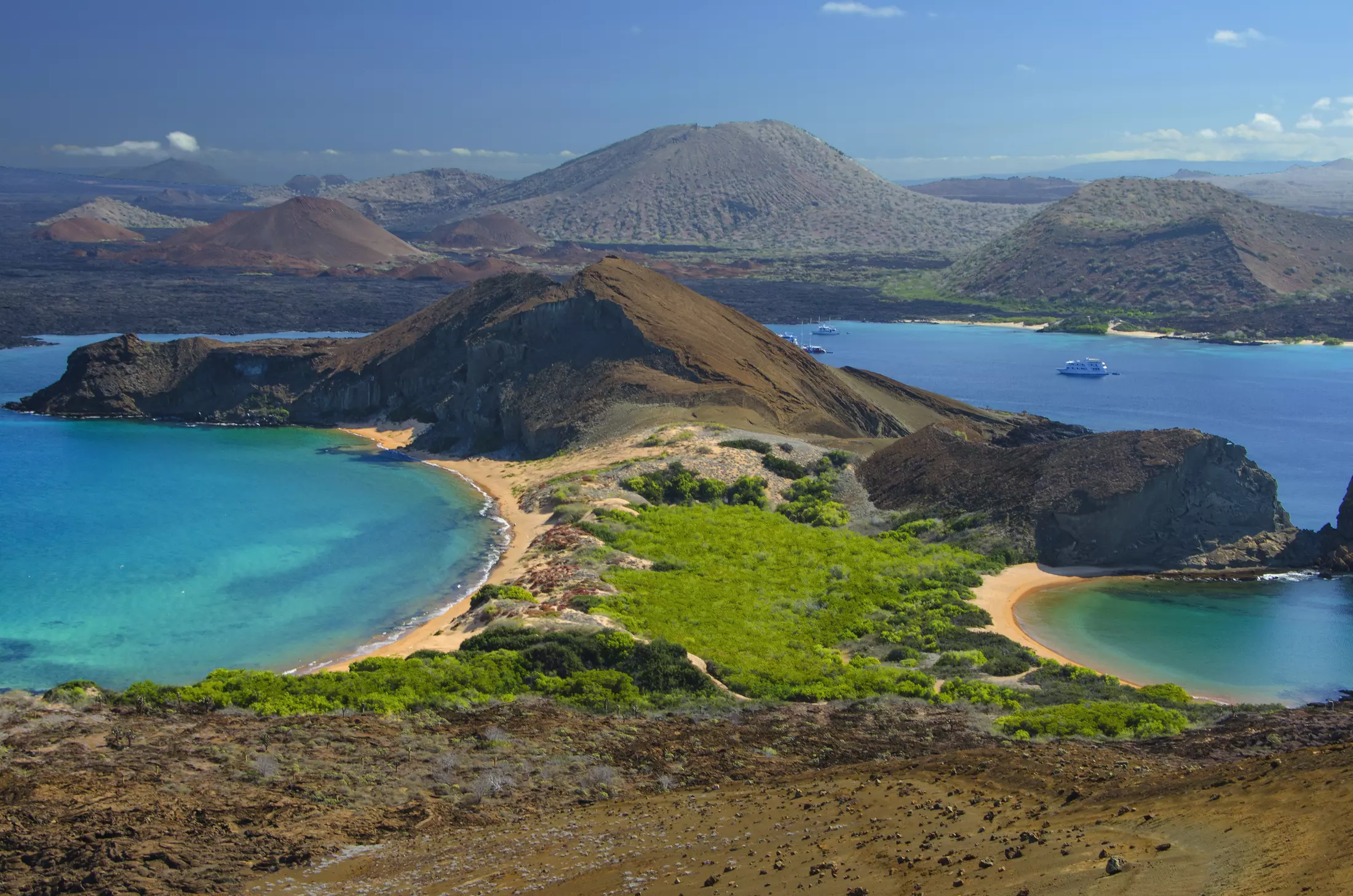
Bartolome, Galápagos Islands
Located 563 long miles away from Ecuador’s west coast, the Galapagos islands are a lush, tropical archipelago serving as the home to approximately 25,000 people and a host of native species of wildlife. Bartolome is where you can catch a glimpse of the beloved Galapagos penguin!
There are more than 20 individual islands in this volcanic archipelago, most of which can only be access by boat.
@credit: Photography: Jess Craft
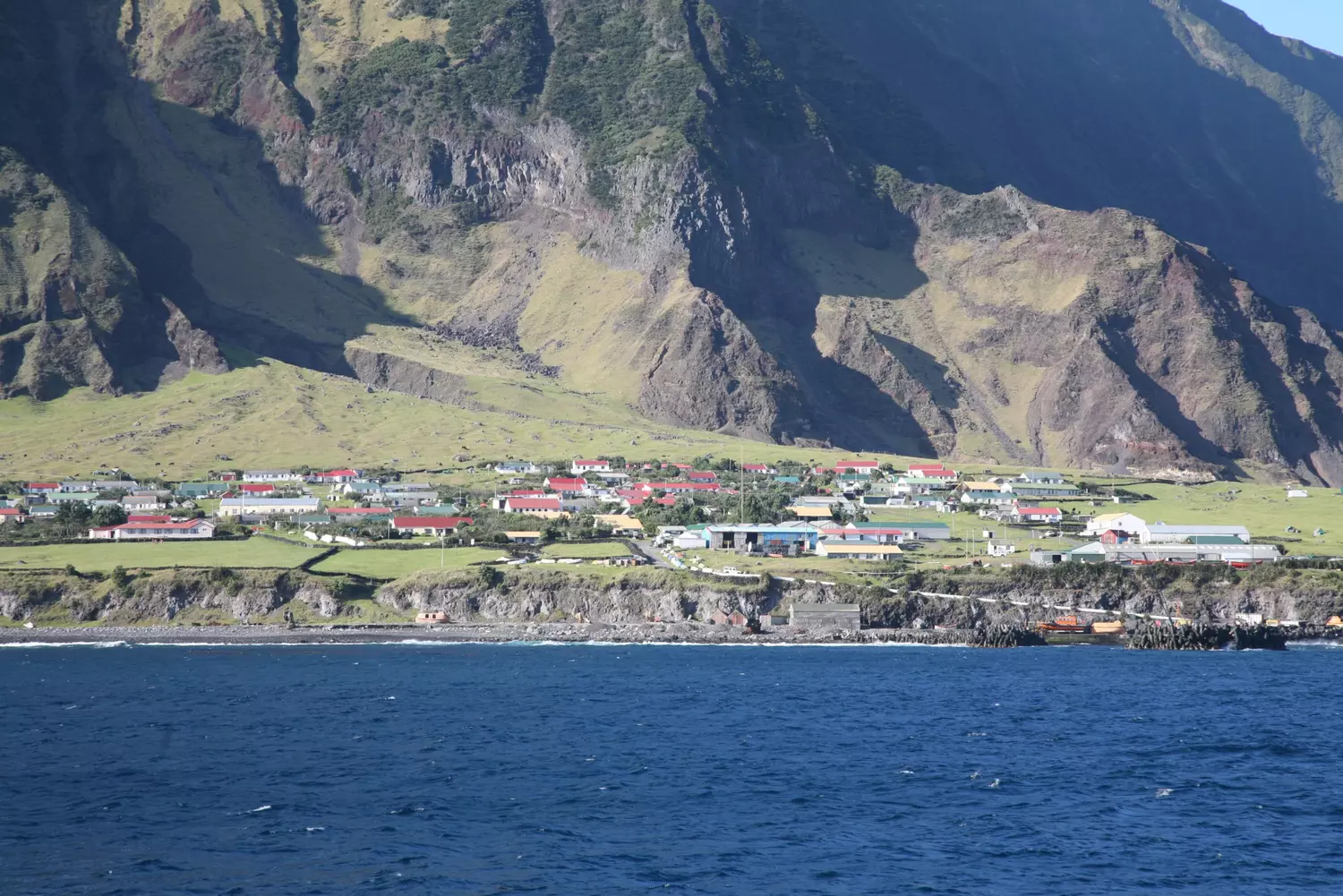

Tristan Da Cuhna
By some accounts, Tristan De Cuna is the most remote inhabited island you can travel to. The small British territory covers an area of 38 square miles, has less than 300 inhabitants and is the largest island in the Tristan De Cuna archipelago.
Travelers can reach the island via a grueling, 1,500-mile voyage aboard one of the fishing ships that leave from South Africa. None of the islands in the archipelago can be accessed by plane, as there is no airport.
Photography: Brian Gratwicke
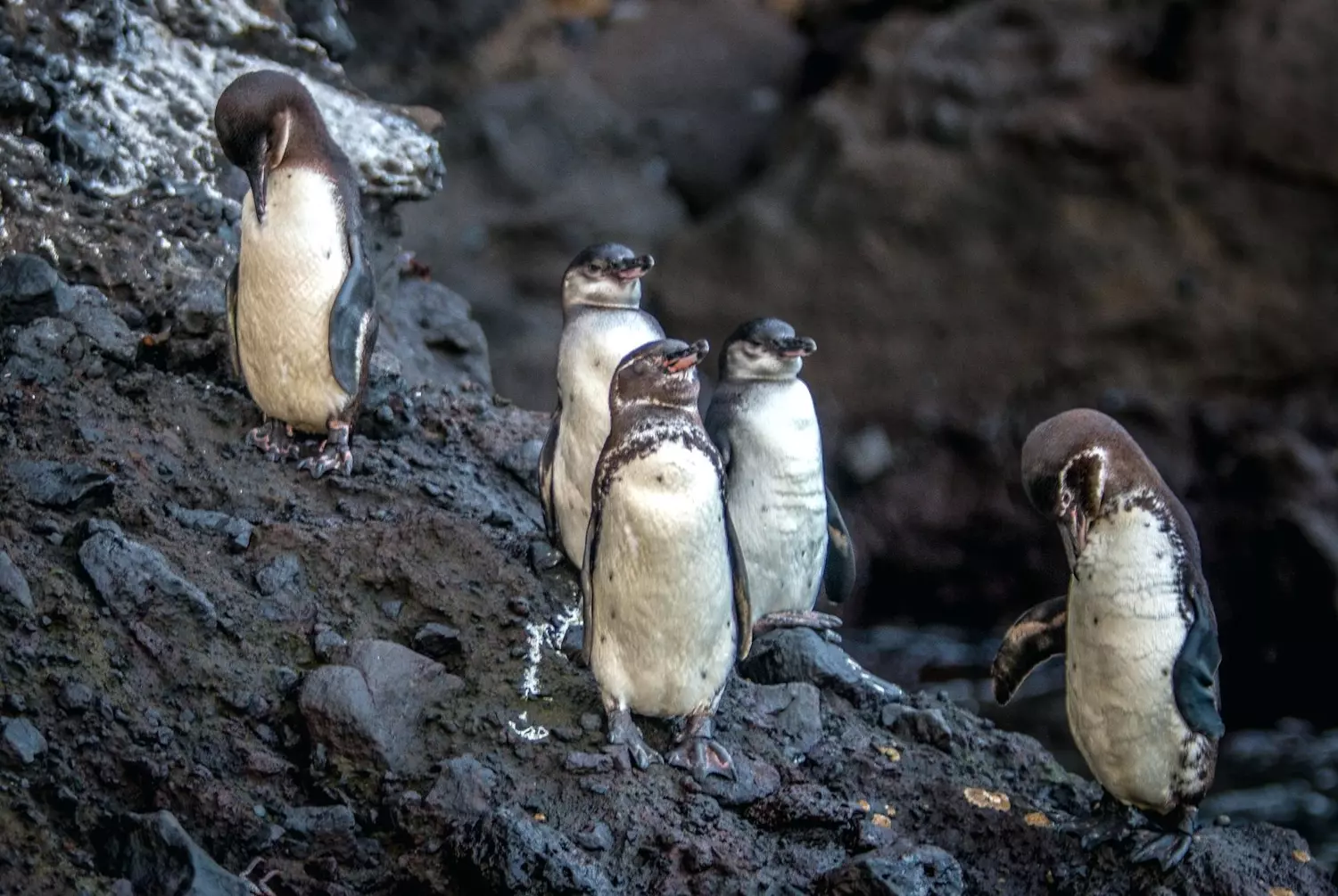

Easter Island, Chile
Even more isolated than the Galápagos Islands is Easter Island. It lies about 2,200 miles southwest of Chile and 1,300 miles away from Pitcairn Island — its closest inhabited neighbor. The small 63-square-mile island has served as the historic home of the Rapa Nui, who are believed to have settled there 1,700 years ago.
The scenic island is famous for its extinct volcanoes, vast green landscapes and the moai — groups of large stone carvings of people facing the land.
Photography: Ignatius Tan
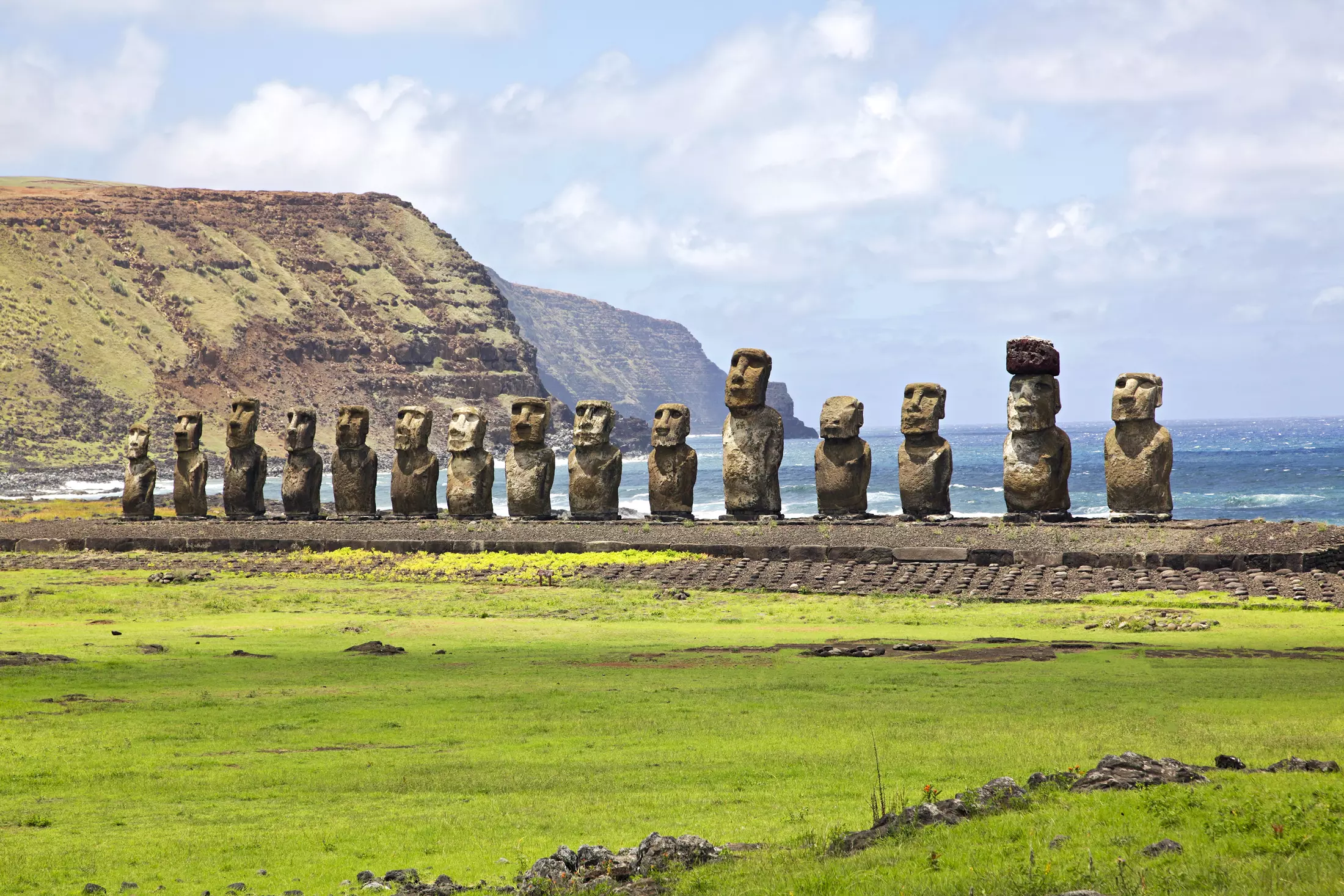
Photography: Bryan Busovicki
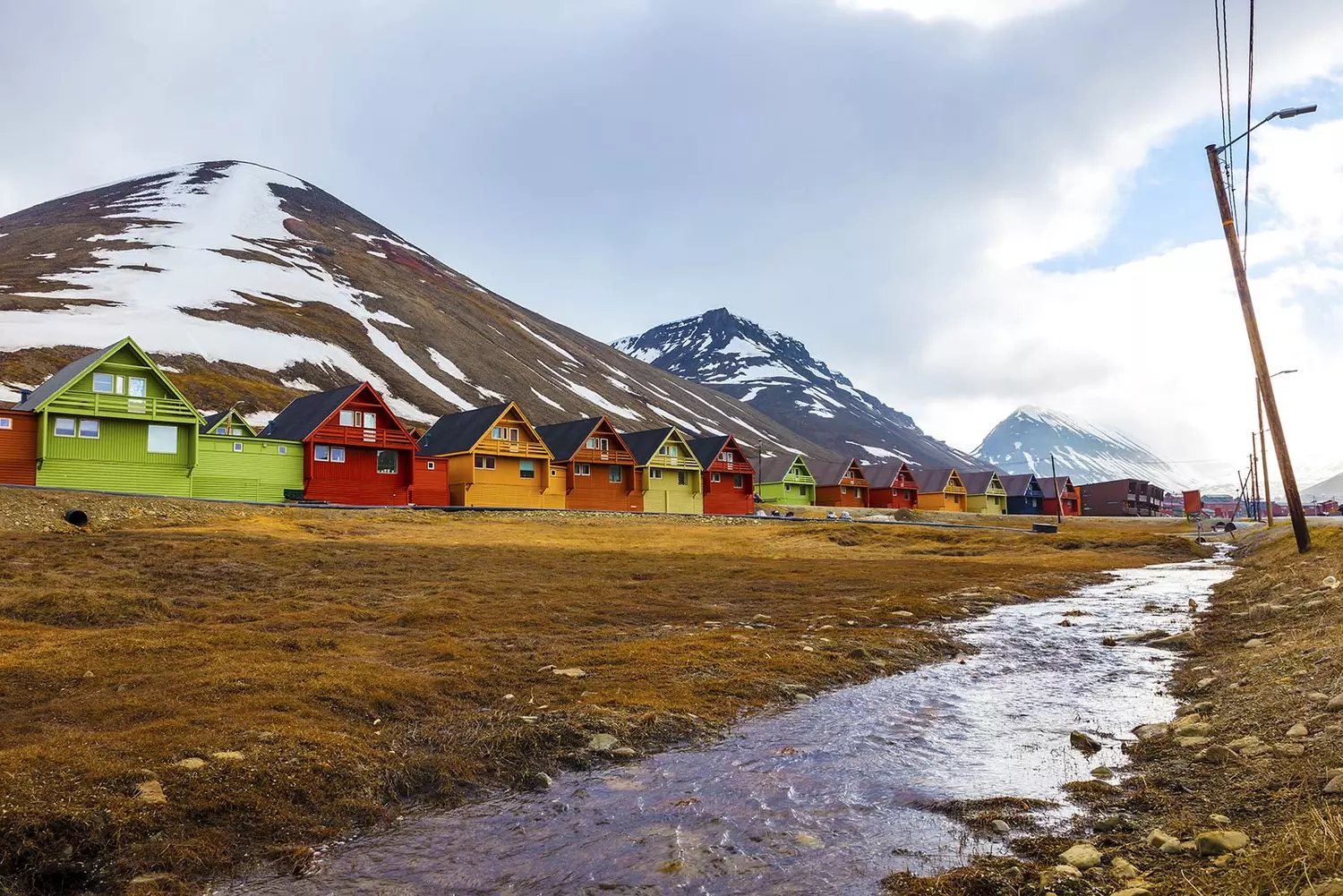
Longyearbyen, Svalbard
Svalbard is a Norwegian archipelago that lies about as close to the North Pole as anyone is willing to go. Far from deserted, there are daily flights to the city of Longyearbyen — the largest town on the main island of Spitsbergen. The island features museums, schools, a hospital and a stunning view of the Northern Lights. Most important, the archipelago is home to the Svalbard Global Seed Vault — the world’s largest collection of crop diversity.
Photography: Kjetil Kolbjornsrud

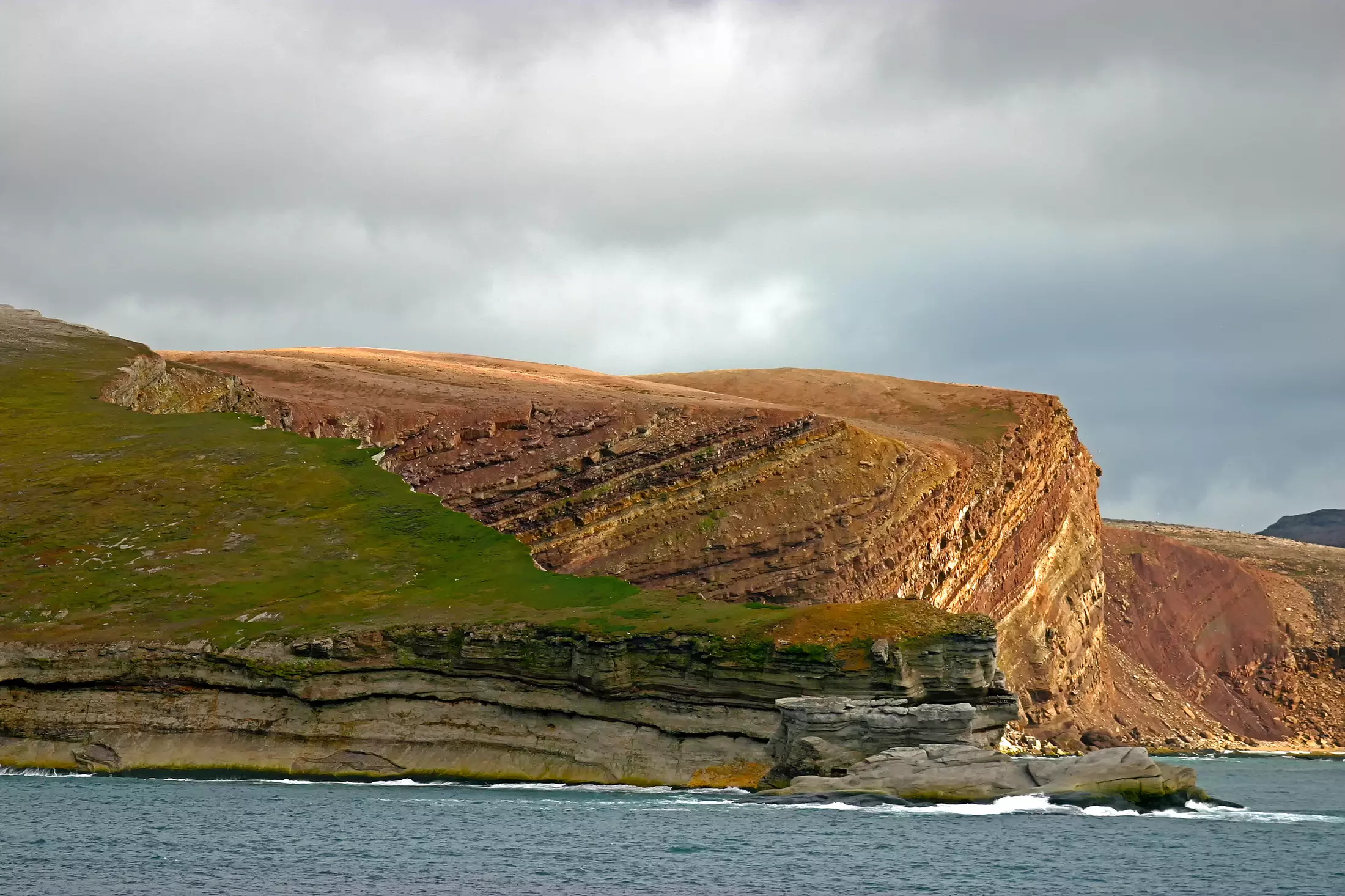
Bear Island, Svalbard
In an even more remote area of the Barents Sea lies Bear island — the southernmost island in the Svalbard archipelago. Regarded as the most remote island in the Arctic, it currently serves as a nature reserve. Bear Island has resisted multiple colonization attempts, most of which didn’t last more than a few years.
It may have served as host to Viking populations in the past, but recorded history of the island began in 1596 when William Barents touched down and named it “Vogel Eylandt.”
Photography: Claud Huot


